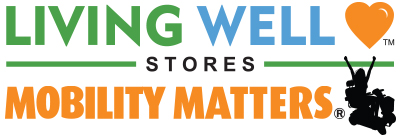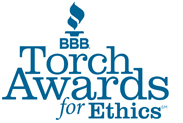
The COVID-19 Pandemic has brought many challenges to communities of all ages since early 2020. For those aged 50 and over, who are more vulnerable to the virus, concerns of physical health and infection prevention may be the first thing to come to mind. But there’s also an equally important concern that, for many of us, needs more attention.
While working to keep your body healthy, how are you working to keep your mind, heart and spirit healthy too?
According to a report from University of Michigan’s National Poll on Healthy Aging, older adults reported increases in feelings of social isolation, lack of companionship and infrequent social contact. Isolation jumped the most, from 27% having these feelings in 2018, to 56% feeling this way in 2020.
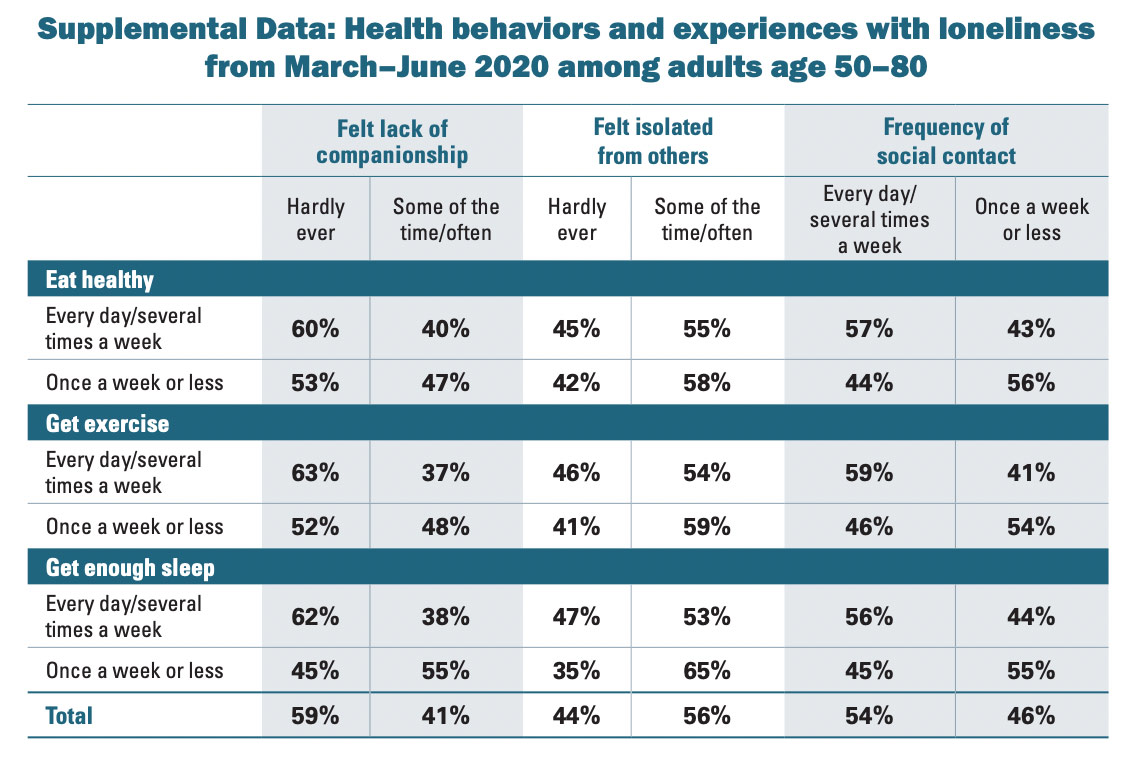
And, that study was completed in June, before many of us had to limit our holidays and family traditions due to surges in the COVID-19 virus.
The report also reminds us that “chronic loneliness can adversely affect memory, physical health and longevity.”
But there is good news. There a number of things older adults and their friends, family and caregivers can consider to address the need for connection, mental stimulation and spiritual growth as we work to beat this virus.
Over the coming weeks, the Living Well Stores “News You Can Use” blog will highlight different ideas and activities for feeding your mind, heart and soul even while socially distanced or in isolation at home.
For this first installment, here is an important first step to take in showing yourself some love during the pandemic:
Make a Plan for Connection
According to the AARP website, planning is an important part of protecting our health during the coronavirus pandemic, both mental and physical, can be found in the act of planning.
Do you have a COVID-19 health plan? While much attention is given to staying at home, hand washing, wearing a mask, and ensuring access to essential supplies, there is more to plan than stocking up on prescriptions and arranging to get groceries.
So, what is your plan for staying connected? What is your plan to help others stay connected as well?
If your plan isn’t as well thought out as you would like, or if perhaps you don’t have a formal plan at all, there’s no time like the present to get started.
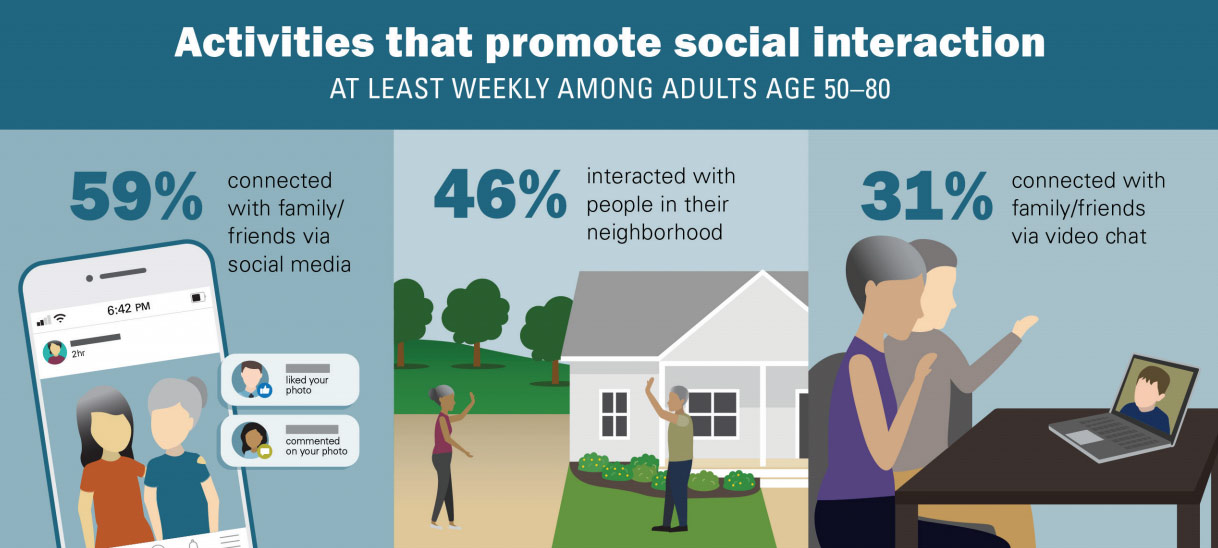
Write it down. Share a copy.
Yes, this should be a formal plan. No, it doesn’t have to be a lengthy document or a challenge to create, but the act of putting a plan into writing has tangible benefits.
According to mentalhelp.net, putting any self-help plan in writing is crucial.
“It may seem like a terrible pain in the ass to do so,” their website says with a humorous tone, “but you should write your plan down in as much detail as you can manage.”
According to them, writing it down helps to keep from forgetting your plan, formalizes the process so you take it more seriously, keeps you motivated and allows you to see if you are meeting your goals.
What should you write down for a COVID-19 connection plan? The answer is simple:
Contacts: The names of the people you plan to connect with
Goals: Where and how frequently you commit to connecting
Just in Case: Ideas for adjusting your plan should either person fall ill
The word "commit" is an important one. It’s easy to let our relationships and connections go by the wayside, even when coronavirus isn’t in the mix. Making the plan work depends on getting a commitment from yourself and your connection. Will you connect even on days when you may feel busy, overwhelmed or tired? If you make a commitment, yes!
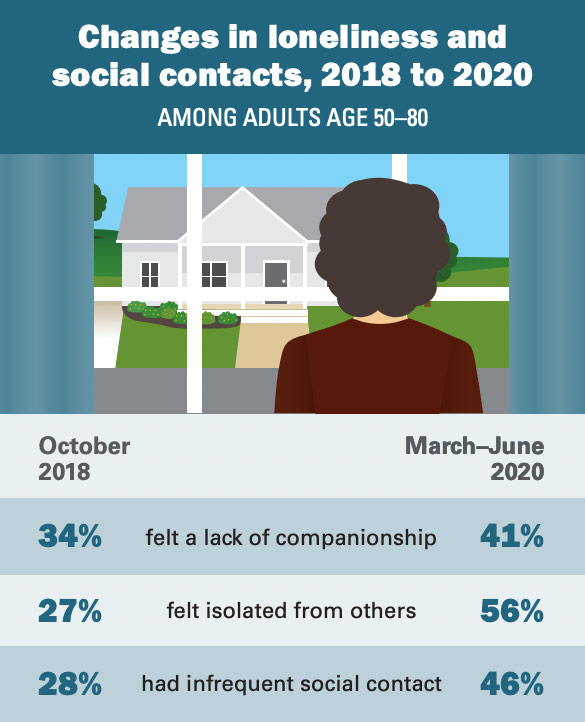
1. Make a list of important connections and their contact information.
Creating a plan should involve both you and any caregivers, close friends and family that you would spend time with before the pandemic started. Don’t forget to add those that you serve as caregiver for, even if that means dropping in to check on them from time to time or helping them with some small task.
Think about each person that was part of your day prior to COVID-19. This could include siblings, children, neighbors, church friends, work friends, clubs and organizations, fitness buddies, and anyone in your community that you enjoy seeing or connecting with.
Contact information is another important part of this list. If you have a means of contacting each person on your list via telephone or internet, you can make a time to sit down and call them or e-mail them and tell them about the plan you want to make.
If the only way you connect is in-person, can you organize a contact-free info drop? Can you stop by your neighbor’s house with a note, or find contact information through your church or fraternal organization? Just the act of reaching out and finding someone that maybe you don’t see that often, but who is an important part of your week, can be an incredible act of kindness toward that person.
Once you’ve gotten in touch, this is a good time to get information on ways to connect for the future as well. Can you add them on social media? Can you get their Zoom ID and password so you can connect via video? Having all of this information in a traditional little address book can make connecting a lot easier.
2. Set your goals.
Goal setting involves two questions. First, what is currently happening? And second, what would you like to see happen? What level of communication would be ideal for you and your connection?
First, ask how often you are currently keeping connected with these people who are important to your life. Is it enough, or do you feel more isolated or lonely than you would like? Are there some you haven’t seen or spoken to much since the pandemic started?
Once you have a sense of how frequently you would like to connect with your family and friends, you need to make time for a discussion with them about how often they are able to connect and what each of you can commit to.
You will also need to consider how and where you will connect.
Though video conferencing and social media may come to mind, it’s also important to take advantage of socially distanced and masked out door opportunities as well. According to report from The University of Michigan National Poll on Healthy Aging, those who interacted with neighbors or spent time outside at least a few times per week were less likely to feel lonely.
Winter obviously makes outdoor activity more challenging in many parts of the country, but that doesn’t mean impossible. Do you have family who would be game for a weekly distanced campfire? What about walking or using scooters at a local park once per week (with distance and masks) with a friend? If your children live close, could they stop by your patio door once per week for a distanced chat and drop off your favorite meal?
Setting these goals for frequency and mode of connection must involve you and the person you want to connect with, so the first step is reaching out and making a time to talk. If you agree on the goals, you can work to keep each other accountable.
Here are some examples of goals that could appear in your plan:
If you usually talk to your daughter once per week, and visit her family on the weekend, and now you are only talking once per week, a good goal could be to find one additional way to connect each week.
If you have a friend from the local senior center who you connect with several times per week, but haven’t seen them since the pandemic started, can you get their information through the center or maybe get help finding them online or on social media? Maybe they would be available for a socially distanced walk or scooter ride at the park next to the center.
If you usually see your priest for confession or talk to your pastor at least once per month, can you ask them to call you at the same interval? Or, are there some drive-through style opportunities for connecting that may still be safe?
The act of planning and goal setting may lead you to consider and discover options for connecting that you didn’t even know existed!
3. Plan for COVID-19 or other health challenges
Now that you’ve reached out and set some connection goals with the people you care about, there’s one more thing to consider for your plan. What will you do if your primary connections or you yourself are ill? This could mean having coronavirus, or it could mean experiencing chronic health problems or other challenges.
Make a little plan for who would be able to support you when you are ill. This could include names of family and friends or a caregiver who could bring by supplies, help you coordinate transportation if you need medical attention, or just call to check in on you each morning and before bed.
Consider making a plan for your close contacts as well. If your daughter is coronavirus positive and has to isolate from her children at home, can you video call your grandkids each day to ask how they are doing? Can you drop off (contact free of course) or order dinner for them?
Help looks different during coronavirus, but what isn’t different is the feeling of support you get when someone reaches out and does their best to be there. That feeling of support is more important now than ever.
We hope you enjoyed this “News You Can Use” piece on planning. Check back in the coming weeks for more installments of “Show Yourself Some Love” where we will discuss different ideas and strategies for keeping your mind, heart and soul healthy during the COVID-19 Pandemic.
About the author: Julie Cajigas is a writer from Cleveland, Ohio and resource for one amazing mom and two incredible in-laws. Even though her parents are still young, from assisting with Medicare signups to helping her mother-in-law care for great grandma long-distance, she is beginning to navigate life as a caregiver. You can contact Julie via email by clicking here
